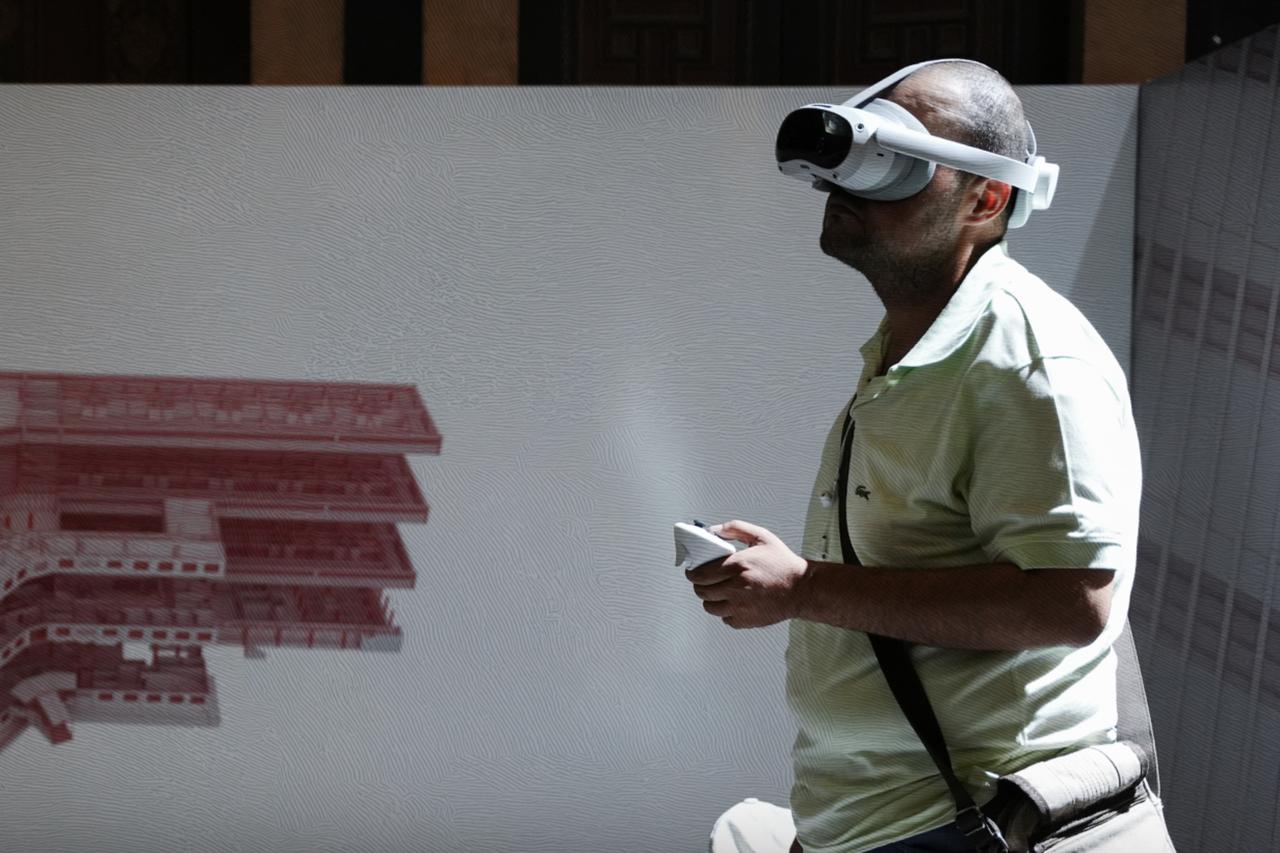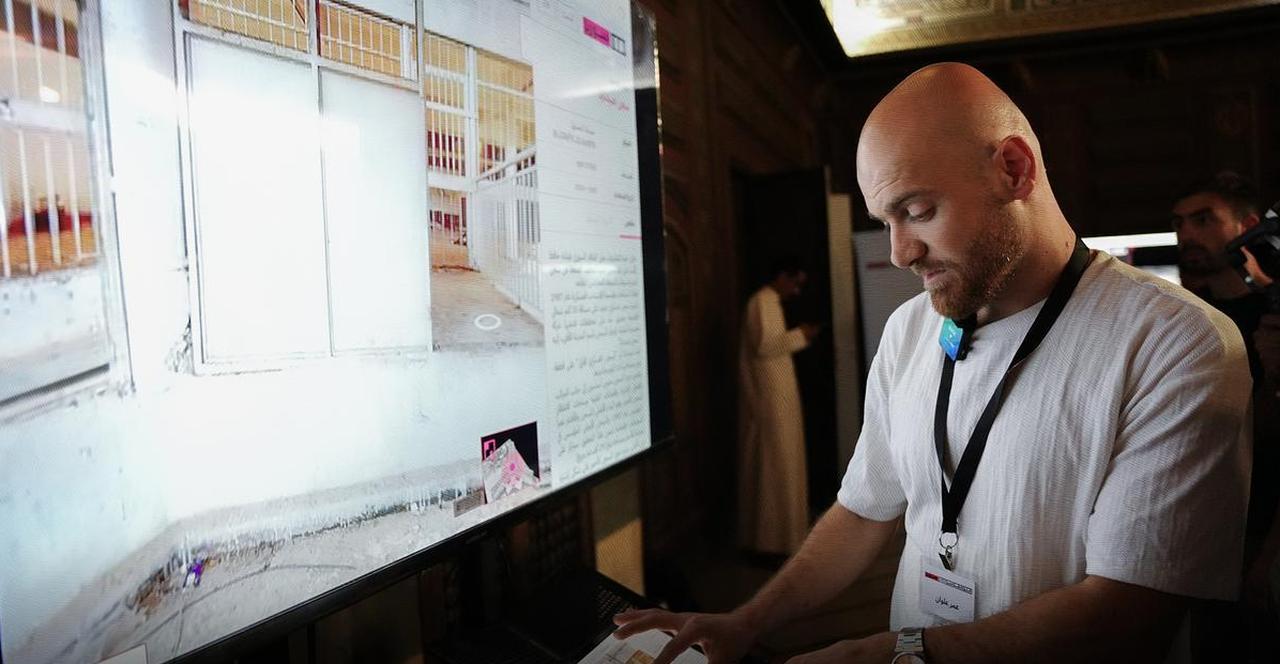
A Syrian organization launched a virtual museum Monday at the National Museum in Damascus, documenting Syrian prisons and the experiences of detainees under the Assad family’s rule.
It is a digital investigative museum aimed at researching and documenting the systematic crimes and violations committed in Syrian prisons.
The project was prepared by a team of journalists and filmmakers at the “Media Street Foundation,” with the Association of Detainees and the Missing in Sednaya (ADMSP) also participating in the launch of the “Syrian Prisons Museum.”
The exhibition features photos, 3D technologies, and testimonies from former prisoners about their experiences, serving as a symbolic step to preserve collective memory and support the path toward transitional justice.
"The museum seeks to preserve the dark Syrian memory associated with violence, murder, and prisons," project founder Amer Matar told Agence France-Presse (AFP) on the sidelines of a launch ceremony at Damascus' national museum.

ADMSP provided advisory support, verifying all the information featured in the museum. The content was based on reports and research the Association had documented over the years on violations, along with studies of the structure of the prisons and related military hospitals.
According to estimates by the Syrian Observatory for Human Rights, over 2 million Syrians have experienced imprisonment under the Assad family’s rule, half of them following the outbreak of peaceful protests in 2011, which were violently suppressed by authorities and sparked the country’s ongoing conflict.
More than 200,000 people have died in prisons, including those executed, while others perished under torture, according to the observatory.
Under the rule of former presidents Hafez and Bashar al-Assad, Syria developed an extensive network of prisons and detention centers that became symbols of repression, most notably the Saydnaya prison north of Damascus.
One prison, Saydnaya, was called a "human slaughterhouse" by Amnesty International.

The project, which was originally launched in 2017 to document Daesh prisons, later provided data that was used as evidence in European courts against members of the Syrian regime.
The Assads often used their prisons as a tool to intimidate opponents and silence dissent. Many people who entered the facilities over the years were never heard from again, their fates uncertain even after the prisons were liberated with the ouster of Assad.
Since the ousting of Bashar al-Assad in December, the team has quickly adapted its experience to document Syrian regime prisons, in collaboration with Syrian and international organizations specializing in the affairs of the missing and criminal justice.
“We feared these prisons might be destroyed before documentation, but so far we have accessed 70 of them,” Matar said, adding that the museum is “creating a living digital archive.”
While rights groups and activists welcomed the announcements, they believe the road to justice remains long, insisting all parties in the Syrian conflict be held accountable for their violations and that investigations must be independent.